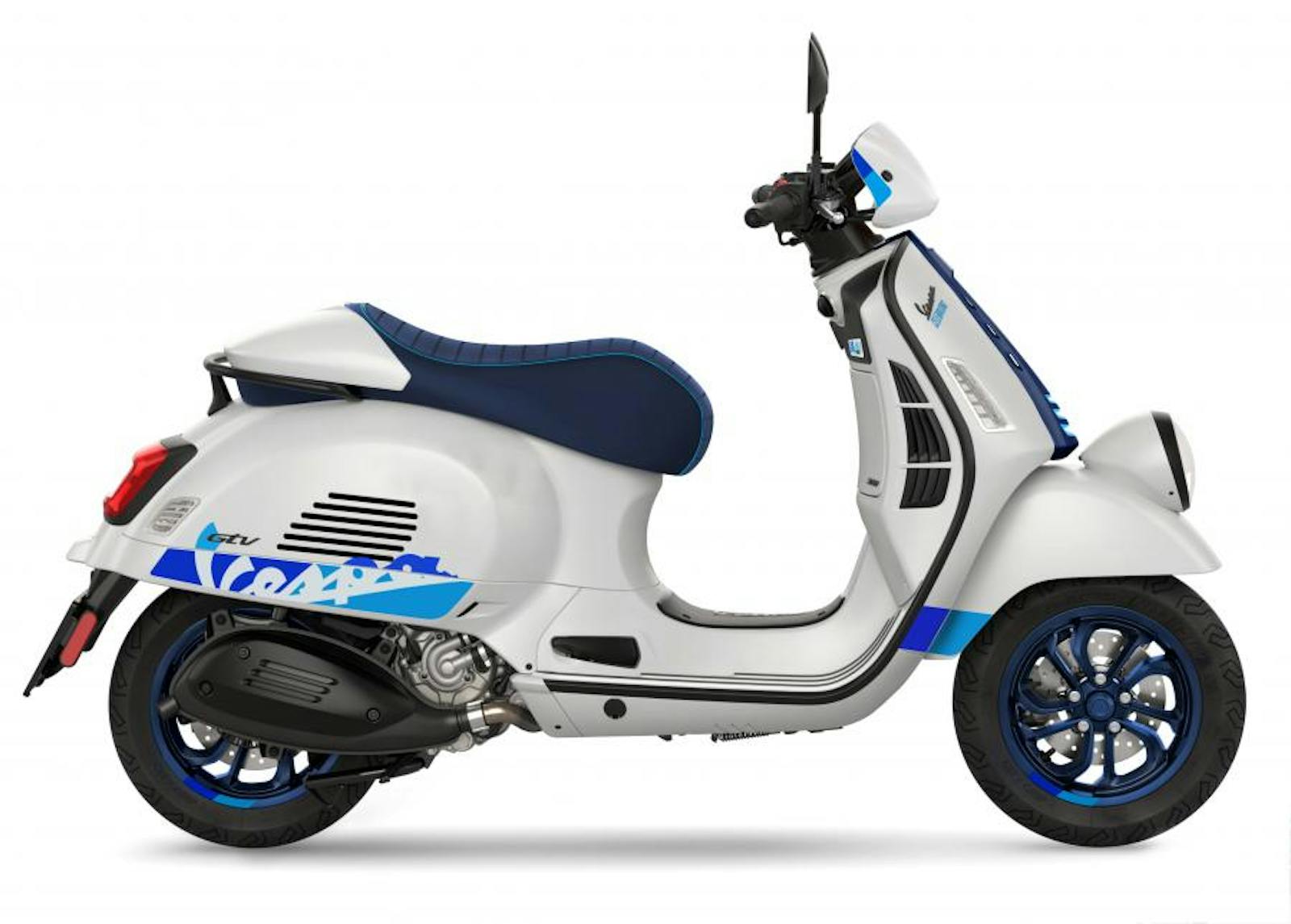Porsche reveals 2020 Taycan, with little changed from Mission E concept
Using the tagline “Sports car, sustainably redesigned,” Porsche revealed its first all-electric vehicle, the four-door Taycan. The event, hosted by former Formula 1 driver Mark Webber, was live-streamed simultaneously from three continents. The sites, Niagara Falls on the border of the United States and Canada, Neuhardenberg near Berlin, and Pingtan Island in the Chinese province of Fujian, were chosen for their sustainable symbolism. Niagara Falls is the location of huge hydroelectric plants that supply much of the electricity for New York and Ontario, Neuhardenberg houses a solar farm, and Pingtan has windmills.
Some may quibble with characterizing a four-door as a “sports car,” but then Porsche isn’t hewing very closely to traditional definitions. The Taycan is being introduced in two “turbo” trim lines, the 670-horsepower Taycan Turbo and the 750-hp Turbo S, yet you will look in vain for a turbocharger on the entirely battery-powered Taycan, the first production EV to use an 800V powertrain. The high-voltage system allows for faster charging, with a quick five-minute stay on a high-power DC charger giving up to 60 miles of travel. Under ideal conditions, the batteries can be 80 percent recharged in less than 23 minutes. Porsche will be installing high-voltage chargers at its U.S. dealers, branding them, wait for it, “Turbo Chargers,” and the company has also arranged for Taycan owners to get three years of free charging from the Electrify America charging network. You’ll additionally get a free six-month subscription to the Apple Music streaming service.
Performance is, as expected, up to Porsche levels, with the Taycan Turbo getting to 62 mph from a standing start in 3.2 seconds and the Turbo S slicing that to just 2.6 seconds, thanks to Porsche’s launch control. The Taycan Turbo S can get to 120 mph in less than 10 seconds, with a top speed of 161 mph.
20190904145602)
The Taycan first appeared in 2015 as the Mission E concept and it is based on an all-new platform, designated J1, that will be shared with Audi’s e-tron. Sports car or not, four-door sedans are a shrinking market these days, so the twin-motor, all-wheel drive Taycan will soon be followed by the Taycan Cross Turismo utility vehicle. For the budget-conscious Porsche enthusiast, lower-powered Taycan “sports cars” are in the pipeline.
Both Taycans are powered by a 93.4-kWh lithium-ion battery pack, which gives the Taycan Turbo a range of 280 miles and the faster Turbo S a range of 256 miles.
The Mission E’s styling has survived the transition to production pretty much intact, with vertical vents running below the quad LED headlamps to supply cooling air for the front brakes, making the Taycan instantly recognizable on its own while retaining traditional Porsche sports car lines. You’ll be able to spot the Taycan going as well as coming, due to the full-width LED lightbar taillamp in the back.
The interior is packed with technology, with up to five display screens, including a central 10.9-inch touch screen for operating the infotainment system and vehicle functions, along with digital instrumentation. If you order your Taycan with the Sport Chrono package, the “chrono” part will be represented by a dash-top stopwatch.
Continuing the sustainability theme, interior panels are made from recycled goods, and for the first time you’ll be able to buy a vegetarian Porsche, as a leather-free interior is optional.
20190904145730)
The two permanent magnet synchronous motors are claimed by Porsche to have the highest power density (kW per liter of package space) of any EV on the market today, which the automaker attributes to the novel “hairpin” winding of the copper stator coils. The motors, gearbox, and inverter for the AC motors are integrated into one module, saving space. The rear motor also has a two-speed gearbox to be able to optimize acceleration and energy savings.
The Taycan’s 4D Chassis Control system networks and synchronizes all chassis systems in real time. Those systems include adaptive air suspension, including Porsche Active Suspension Management, electronically-controlled shocks, Porsche Dynamic Chassis Control Sport for roll stabilization, and Porsche Torque Vectoring Plus (PTV Plus). Testing shows that the regenerative brakes perform about 90 percent of the stopping in real world use, so you should get plenty of life out of your brake pads. Of course, there are selectable driving modes, which Porsche has optimized for an electric drivetrain.
While the Taycan is the Porsche company’s first EV, the Porsche name has a long association with electric propulsion. The first two vehicles that company patriarch Ferdinand Porsche designed were the 1898 Egger-Lohner C.2 Phaeton, powered by a 3-5 hp electric motor, and the 1900 Lohner-Porsche Electromobile, shown at the Paris Expo. Like the Taycan, the Electromobile had two electric motors (using wheel hub motors of Dr. Porsche’s invention). Unlike the 161-mph 2020 Taycan, however, the 1900 Lohner-Porsche Electromobile had a top speed of just 23 miles an hour.
20190904145554)
20190904145720)
20190904145529)
20190904145542)
20190904145549)

